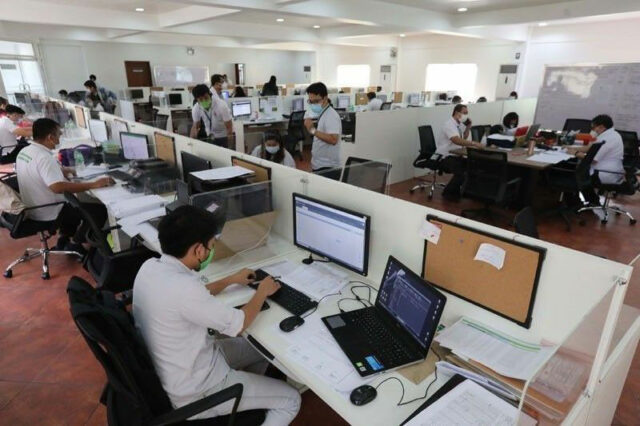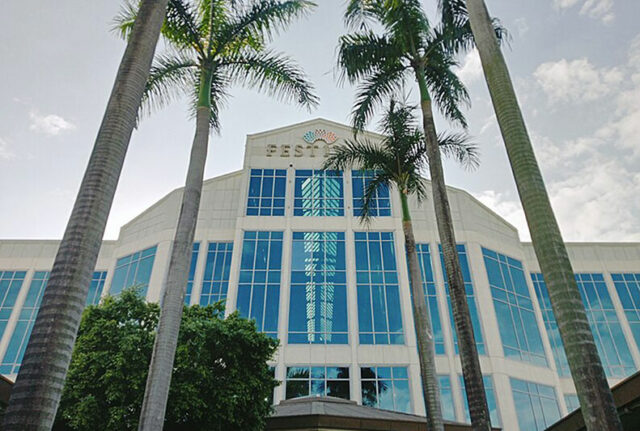Stuff to Do (03/07/25)
Watch films by Spanish female directors
INSTITUTO CERVANTES, in collaboration with the Embassy of Spain, AECID, and the UP Círculo Hispánico, will present a film series featuring the works directed by contemporary Spanish female filmmakers. The series kicks off on March 7, 2 p.m., at the UPFI Film Center (UP Diliman) with the screening of the drama El Olivo (The Olive Tree), directed by Icíar Bollaín. The next featured film — to be shown on March 13, 2 p.m., at the Instituto Cervantes branch in Intramuros, Manila — is the 2001 movie 15 Years and 1 Day, directed by Gracia Querejeta. On March 20, 2 p.m., at the same venue, the dance biopic Yuli (2018), directed by Icíar Bollaín, will be shown, with a talk following the screening. All films will be shown in their original Spanish, with English subtitles. Admission is free.
Listen to a talk on modern and contemporary art
THE “Paint the Past” talk by Atelier de Legaspi will welcome mallgoers to drop by and learn about modern and contemporary art, particularly paintings. It will take place on March 9, from 1 to 5 p.m., at the Gateway Gallery Studio on the fifth floor of Gateway Mall in Quezon City. It will begin with a talk tracing the evolution of art movements from the Modern to Contemporary Art Period. There will then be a hands-on workshop where Atelier de Legaspi will teach techniques.
View works by women artists at ARTablado
THIS MARCH, Robinsons Land’s ARTablado puts women at the center stage with two exhibitions: Liquid Dreams at Robinsons Galleria featuring four female artists, and Mutya at Robinsons Antipolo featuring students from the Arts and Design track of De La Salle Antipolo. The four artists in the Galleria exhibit are Mylene Quito, Valerie Teng, Isah Rodillo, and Sigwada Knicolai, whose works all delve into abstraction, fluidity, and transformation. Over at Antipolo, the senior high school art students take inspiration from mutya, a Filipino term that connotes beauty, charm and value, all of which manifest in their works. Both exhibits run until March 15.
Attend a concert of composer Pauline Garcia-Viardot
THE Embassy of France and Alliance Française de Manille are inviting the public to the next Jeudi Culturel concert, titled A Tribute to Pauline Garcia-Viardot. In celebration of Francophonie Month and Women’s Month, the evening’s event will celebrate the life and music of a trailblazing French composer and woman of classical music, Pauline Garcia-Viardot. The concert on March 13 starts at 7 p.m., to be held at Alliance Française de Manille in Bel-Air, Makati City. Tickets are priced at P500, inclusive of food. The performance will blend soprano, piano, violin, and storytelling to pay tribute to Madame Viardot’s legacy. Food will be served before the concert while drinks will be available for purchase during the performance.
Listen to the music of composer M.K. Čiurlionis
FOR the 6th concert of the Philippine Philharmonic Orchestra’s (PPO) 40th season, “Forte,” the focus will be on the music of Lithuanian composer M.K. Čiurlionis. Titled Homecoming, the program commemorates the composer’s 150th birth anniversary. Pieces to be performed are Čurlionis’ Miške, Bizet’s Carmen Suite, and Liszt’s Totentanz, with guest pianist Rowena Arrieta. The concert will be on March 14, 7:30 p.m., at the Samsung Performing Arts Theater in Makati City, and will feature the PPO’s guest concertmaster and artist-in-residence Diomedes Saraza, Jr. Tickers range in price from P500 to P3,000.
Listen to Carish’s new song for the heartbroken
EMERGING Filipino musician Carish has just released his newest single, “Permiso.” The R&B track takes on themes of betrayal and emotional turmoil, blending rap with soul sensibilities. The song is now available on all digital streaming platforms.












![YEEZY-BOOST-350-V2-[news.adidas.com]](https://www.bworldonline.com/wp-content/uploads/2023/07/YEEZY-BOOST-350-V2-news.adidas.com_-640x407.jpg)










